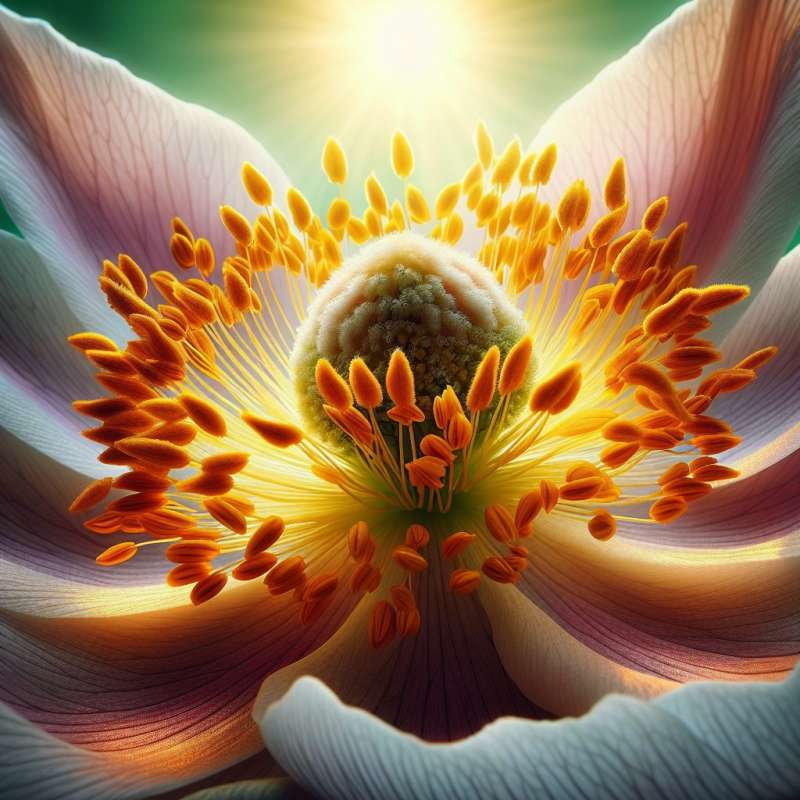
Diversity in Reproduction
Flowering plants, or angiosperms, exhibit a wide variety of reproductive strategies. Beyond the classic insect pollination, some species rely on wind, water, or even mimicry to facilitate pollination.
Flower Structure Basics
Flowers house reproductive organs. Stamens, the male parts, produce pollen. Carpels, the female parts, contain ovules. Petals attract pollinators, while sepals protect the bud before it blooms.
Pollination Precision
Pollination isn't left to chance. Many flowers have co-evolved with their pollinators, developing precise shapes, colors, and scents to attract specific species, ensuring effective transfer of pollen.
Pollen's Ingenious Journey
Pollen grains are uniquely designed to stick to moving pollinators. Some are even barbed or feature air sacs for wind travel. Once at the stigma, they germinate, growing a tube to the ovule.
Fertilization and Variation
Double fertilization is unique to angiosperms. One pollen nucleus fuses with the egg, forming a zygote, while another combines with two other nuclei, creating nutrient-rich endosperm, ensuring seedling survival.
Seed Dispersal Secrets
Plants have evolved ingenious seed dispersal methods. Some use explosive mechanisms, others hitch a ride on animals or float on water. These strategies help in colonizing new areas, reducing competition.
Fruits: More Than Food
Fruits are mature ovaries designed to protect seeds and aid in their dispersal. Their appealing colors, tastes, and textures aren't just for human consumption, but to entice animals to spread seeds far and wide.Sneeze Pollination
Some plants use explosive mechanisms to launch their pollen, reaching distances up to 25 feet, akin to a plant 'sneezing.'
What facilitates angiosperm pollination?
Wind, water, mimicry
Sunlight and soil
Magnetic fields
Company